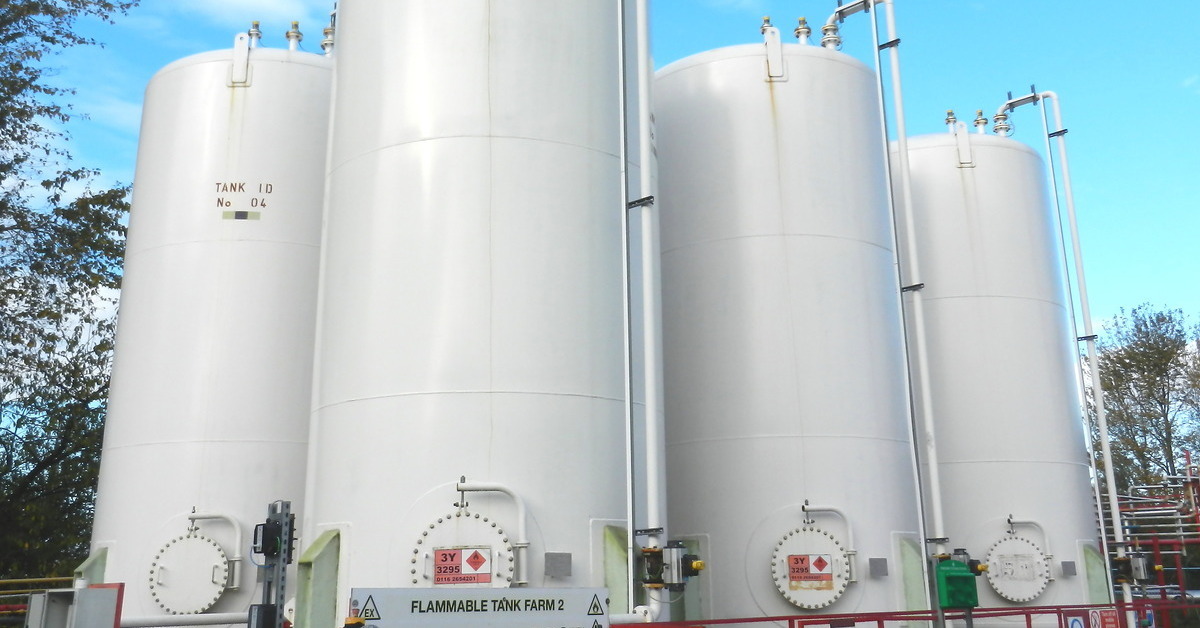
Installing a tank liner is essential for protecting your tank from corrosion and chemical damage. A tank liner safeguards the tank’s structural integrity and the contained materials, so it must be chemically compatible. Some materials don’t mix well, but you can ensure your tank liner is chemically compatible with the contained substances. A little research and care can prevent potential damage to your tank and save you time and money in the long run!
Consider the Types of Chemicals You Store
The first step in guaranteeing compatibility is understanding what you’ll store in your tank. Different liners work with various chemicals, ranging from corrosive acids and strong bases to volatile hydrocarbons and industrial solvents. Conduct a thorough assessment of the chemical properties, including their pH levels, reactivity, and phase (liquid or gas), of the substance in the tank. Then, you can find a compatible tank liner, keeping everything safe.
Consult With an Expert
Before making a final decision on a tank liner, consult a chemical compatibility expert. They have specialized knowledge and extensive experience to understand which liners will work best for your unique requirements. They can provide valuable insights into the latest advancements in liner materials, including innovations that offer enhanced performance.
Check the Liner Material
The liner material plays a critical role in determining its chemical compatibility and overall performance. Liners come in a wide array of materials with :
- Polyethylene
- PVC
- Polyurethane
- More advanced composite materials
Each material has different resistances to chemicals, so find one that’s compatible with the chemicals you will store in the tank.
Regular Maintenance and Inspections
Regardless of compatibility between liner and chemical, you must conduct regular maintenance and inspections to ensure the integrity of the tank liner. A proactive maintenance strategy involves routinely checking for signs of wear and tear or chemical exposure that could compromise the liner’s effectiveness. Creating a schedule for periodic checks, along with creating detailed logs of inspections, will help you stay on top of problems.
Ensuring your tank liner is chemically compatible with what you’re storing is the first step toward protecting them both. With these tips, you can have peace of mind knowing that your tank liner will protect your assets for a long time. Consider picking up a liner from a tank lining company that can do the hard work for you—Royal Liner. We can customize and manufacture a tank liner that meets your storage needs!
